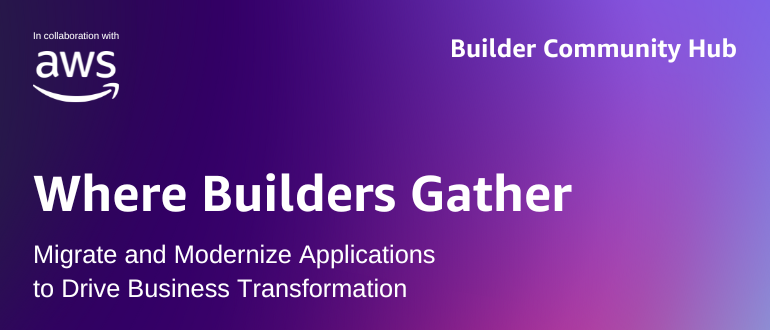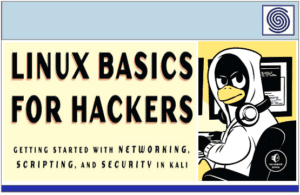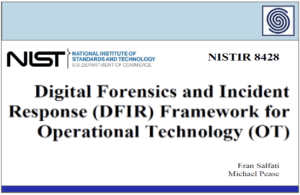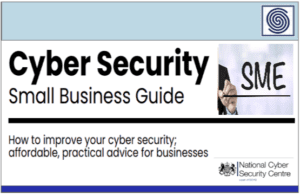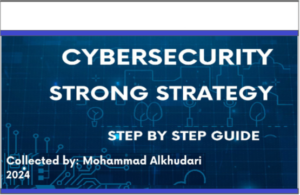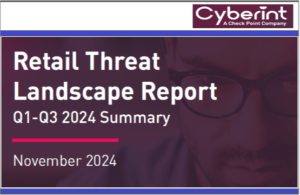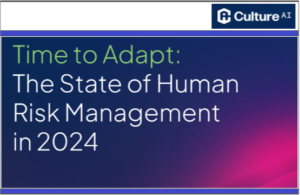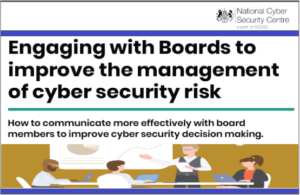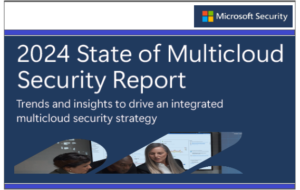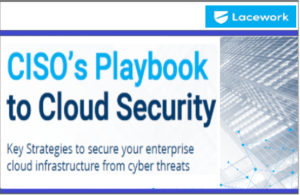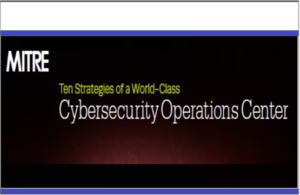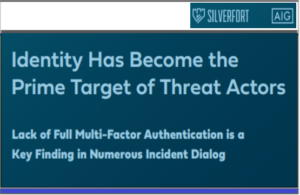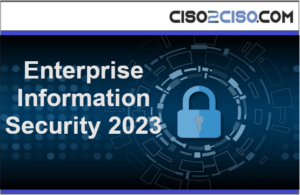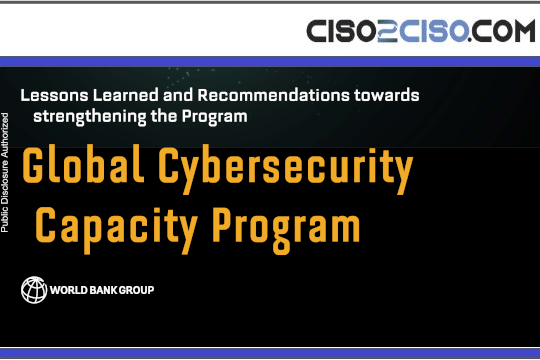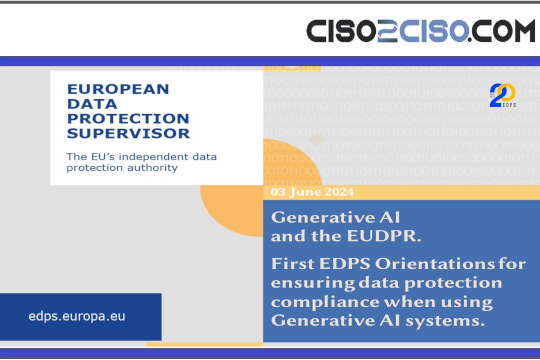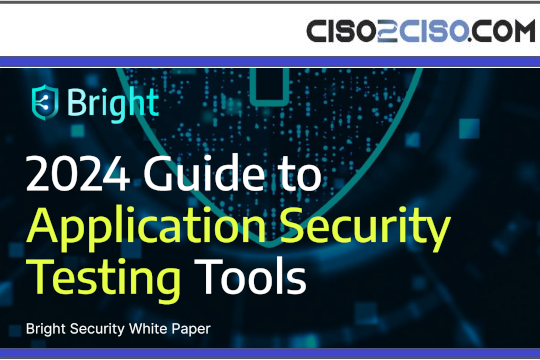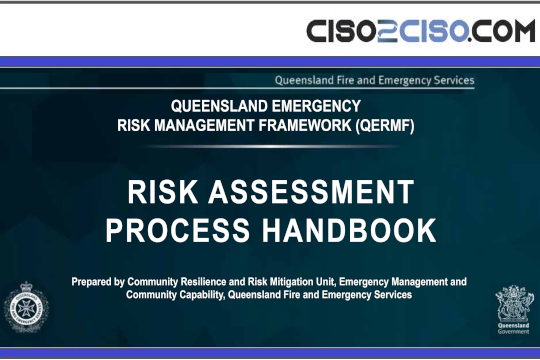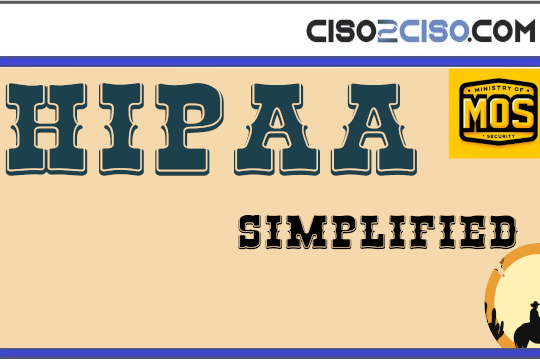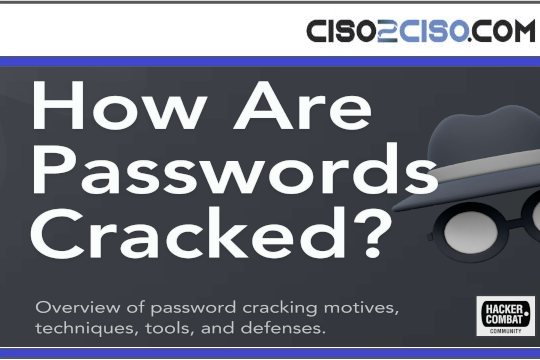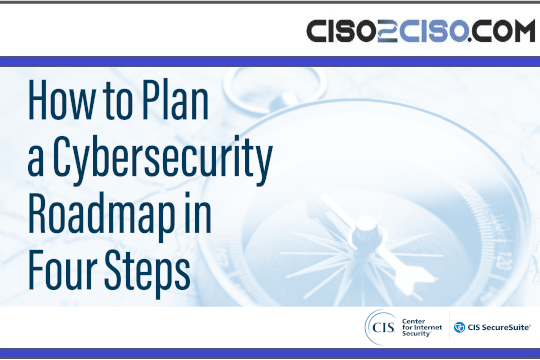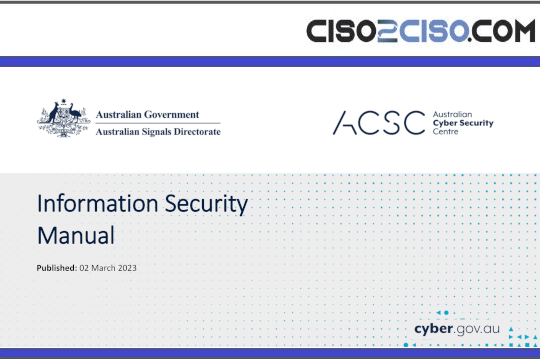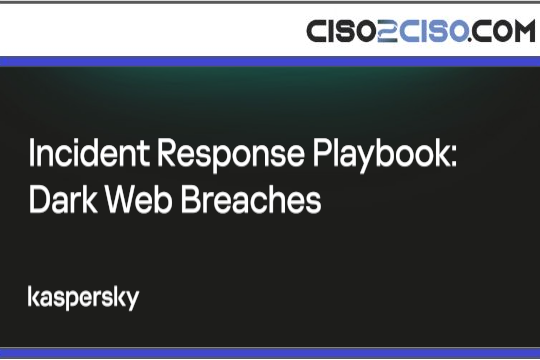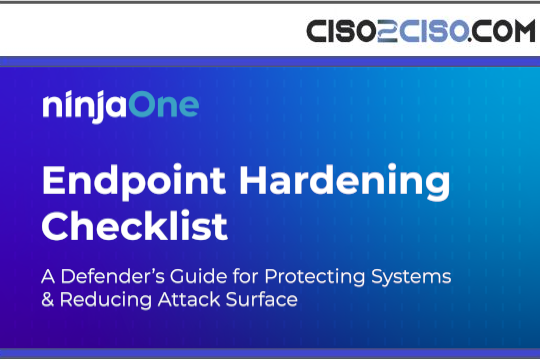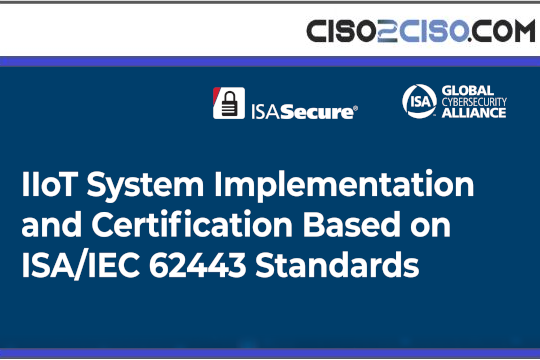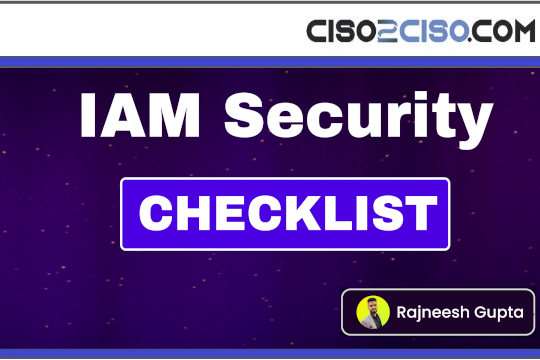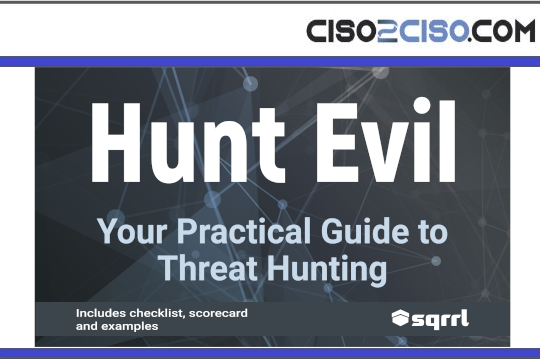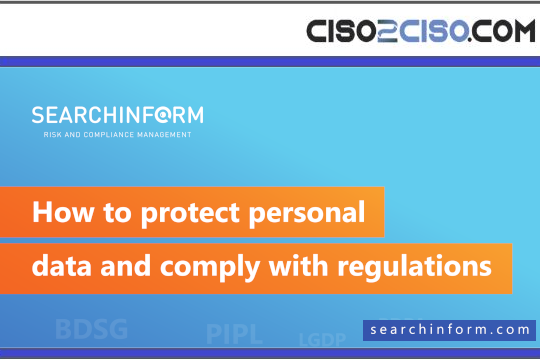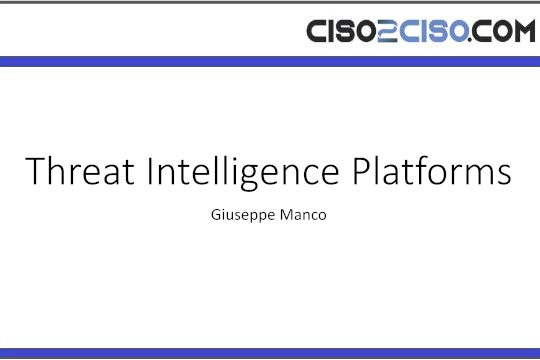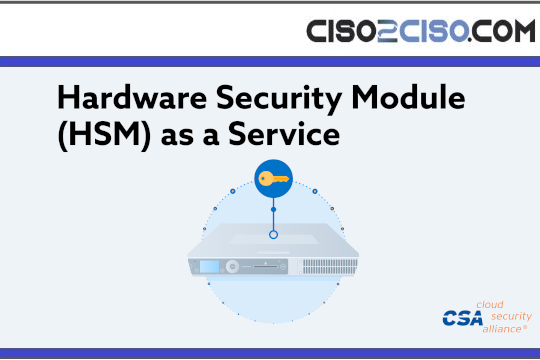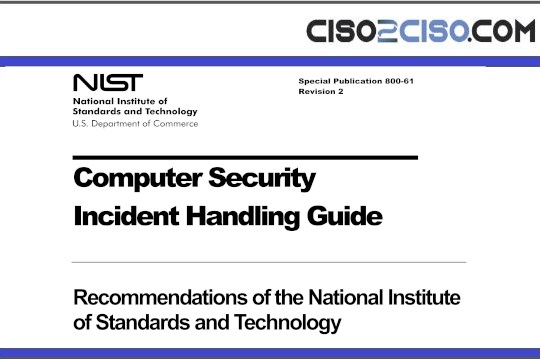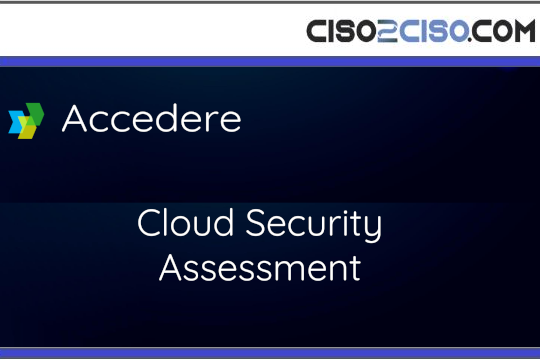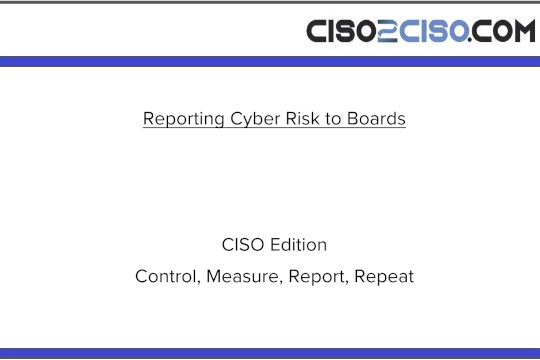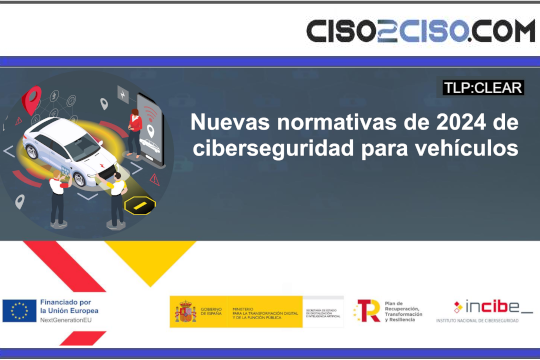Source: securityboulevard.com – Author: Amy Cohn
Are Your Machine Identities Trapped in a Security Blindspot?
A critical question persists: How secure are your Non-Human Identities (NHIs) across the cloud? While businesses invest heavily in human-centric cybersecurity solutions, they often overlook the vulnerabilities associated with NHIs – the machine identities such as servers, service accounts, applications, and bots that are integral to daily operations.
NHIs are omnipresent across industries, from financial services and healthcare to travel, and they play a vital role in systems used by DevOps and SOC teams. Yet, traditional security measures are insufficient when it comes to protecting these identities and their associated secrets. This gap can lead to heightened risk scenarios, such as data breaches and unauthorized access, tarnishing the reputation of businesses and causing hefty financial losses.
Rethinking NHI security in The Age of Digitalization
The role of NHIs becomes even more pivotal where connectivity and data sharing are at the core. To address the emerging security concerns, a shift is required from traditional, point-solution based approach to a comprehensive, lifecycle-oriented NHI management strategy.
This holistic approach to NHI security involves a suite of operations that include discovery, classification of machine identities and secrets, continuous monitoring of their behavior and activities, and remediation of threats as they occur. It’s not just about securing the ‘tourist’ (NHIs) but also the ‘passport’ (secrets) and managing the ‘visa’ (permissions) effectively.
A well-implemented NHI management strategy brings to the table several benefits:
– Reduced Risk: It aids in proactively identifying and mitigating threats, minimizing the risk of data breaches and leaks.
– Improved Compliance: It ensures organizations adhere to the evolving regulatory requirements, supported by policy enforcement and audit trails.
– Increased Efficiency: Automation of NHIs and secrets management liberates security teams, allowing them to focus on strategic initiatives.
– Enhanced Visibility and Control: It offers a central view of access management and governance, promoting transparency.
– Cost Savings: It drives down operational costs by automating secrets rotation and NHIs decommissioning.
Insights from the Cybersecurity Landscape
According to a report by Mashable, employees (Human Identities) are not always the only concern when it comes to insider threats. Inadequately managed NHIs can pose as much, if not more, risk to an organization’s security.
On a similar note, professionals like Kruthika Srinivas Rao and Kaushik M have highlighted the significance of a comprehensive cybersecurity approach that involves diligent management of both human and non-human identities.
Time to Refine Your NHI Security Strategy
Given the rising dependency on cloud services and the increasingly sophisticated nature of cyber threats, businesses need to rethink their approach to NHI security. A comprehensive NHI management approach can no longer be a ‘nice-to-have’ but a ‘must-implement’ strategy for organizations across industries.
For further insights on NHI management and its implementation, check out our detailed guides on how attackers exploit NHIs and the role of agentic AI in NHI security.
So, how secure are your NHIs across the cloud? It is time to assess, plan and amplify your defenses where NHIs and their secrets form an integral part.
Unraveling the Intricacies of NHI Security
The nature of NHIs is such that they may often be out of sight, humming away in the background, unnoticed. Yet these identities perform the heavy lifting involved in running various applications that form the backbone of an organization’s operations. Consequently, due to their invisibility, NHIs can be left trapped in a security blind spot.
When viewed from the NHIs’ point of view, how secure are their interactions? Data protection becomes a multi-level challenge, as the nature of these identities adds layers of complexity to ensuring their security. Keep in mind; your NHIs are not merely tech entities but move like troops carrying classified information, armed with their access credentials.
Stepping Up NHI Security with Advanced Measures
Invariably, cybersecurity isn’t a one-size-fits-all affair – each organization’s landscape may pose unique challenges and require customized measures. Yet, the principle of integrating NHI protections within an end-to-end framework stays true for all.
For instance, the automation of secrets management should streamline your cybersecurity operations, minimizing room for human error and enhancing speed and efficiency. This would involve periodic automatic rotation of keys, passwords, and tokens, thus decreasing the window of opportunity for an attack if a secret were to be compromised.
Moreover, a robust NHI management strategy must incorporate audit trails that continuously track and record the NHIs’ movements and activities. These trails provide valuable forensic resources in the event of a breach while also aiding in regulatory compliance.
Embracing Contextual Security for NHI Protection
Deploying a contextual security strategy is another measure that can significantly impact an organization’s defense against cyber threats. This method involves understanding how NHIs behave and interact within the systems and using this information to draw a baseline of normal behavior.
By doing so, you can leverage anomaly detection to swiftly spot suspicious activities that deviate from the norm. For example, if an NHI normally interacts with a specific set of servers, a sudden attempt to access a different, unrelated server may flag as an anomaly. Consequently, you can quarantine the suspect NHI, minimize its damage potential, and investigate the incident further.
NHI Security: A Non-Negotiable Security Imperative
No protective measure is too small or insignificant. Where data integrity and system security are paramount, overlooking one aspect could lead to detrimental consequences for businesses.
Non-human identities, without a doubt, serve vital operational roles but can also unwittingly act as potential vectors for cyber threats. To overlook their security would be akin to leaving a backdoor open for intruders. Thus, NHI security is not a fringe topic but an essential component of an organization’s comprehensive cybersecurity strategy.
Bolster your understanding of Non-Human identity threats by exploring case studies like NHI threat mitigation and make sure to create an inventory for your non-human identities. Review our guidelines on Non-Human Identities discovery and inventory here.
To make NHI management part of your organization’s integrated cybersecurity approach, remember that the primary goal should be to unveil all machine identity operations, classify them, and continuously oversee their behavior to promptly remediate any threat detections. Shifting your perspective towards viewing NHIs as an integral part of your cybersecurity ecosystem is the first step in robust and comprehensive security.
The post How Secure Are Your NHIs Across the Cloud? appeared first on Entro.
*** This is a Security Bloggers Network syndicated blog from Entro authored by Amy Cohn. Read the original post at: https://entro.security/how-secure-are-your-nhis-across-the-cloud/
Original Post URL: https://securityboulevard.com/2025/03/how-secure-are-your-nhis-across-the-cloud/?utm_source=rss&utm_medium=rss&utm_campaign=how-secure-are-your-nhis-across-the-cloud
Category & Tags: Cloud Security,Data Security,Security Bloggers Network,Non-Human Identity Security – Cloud Security,Data Security,Security Bloggers Network,Non-Human Identity Security
Views: 2



